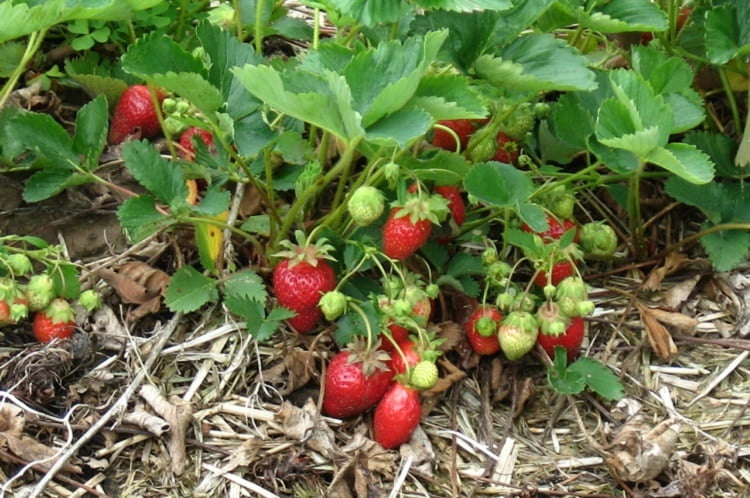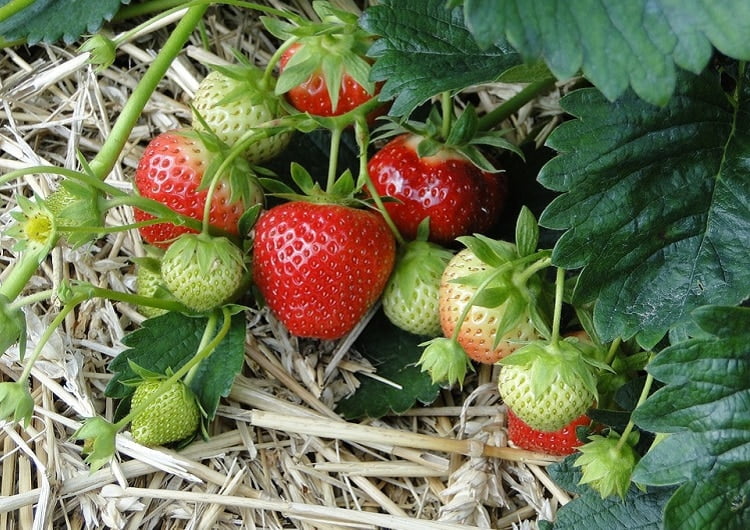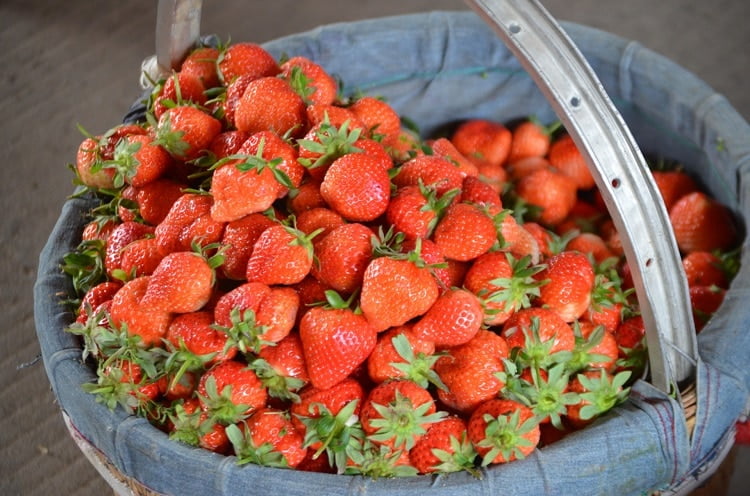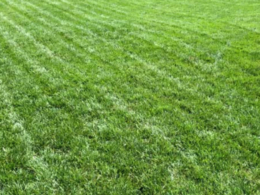
Strawberry facts and varieties
Nothing compares to the taste of fresh strawberries. Those you buy from supermarkets no longer preserve their sweet taste. This happens because, once you remove the fruits from the plant, the sugar in them easily starts turning into starch. Therefore, it’s worth growing your own strawberries that you can eat as soon as you pluck them. Before finding out how to plant and care for strawberries, you should first decide what variety you want in your garden. The most popular ones are probably the Junebearers. They are influenced by the length of the day, and start making buds in the fall. Then, the first flowers and fruits will appear in spring, and runners will keep growing throughout summer. Another variety are the Everbearers. The buds of these strawberries appear both during summer and during fall. Those summer buds will make fruits in fall, while the fall buds will fruit in spring. These are ideal if you want some strawberries out of season. In the end, the Day-Neutral varieties are independent from the length of the day. Also, they have a continuous cycle where they make buds, flowers, and fruits regardless of season. However, there is one condition. They need a constant temperature between 35 and 85 degrees Fahrenheit. Unfortunately, there is one drawback. This strawberry variety has a weaker production than Junebearers.How to plant strawberries
Once you’ve chosen your preferred variety, it’s time to get ready for planting. Pick up the strawberries from a plant nursery, or buy seedlings from someone who has experience in breeding them. Make sure the variety you want is suitable for your area. Then, pay attention to the other details.Check the soil
The first step when learning how to plant and care for strawberries is to make sure the soil is suitable for the plants. The plants need good drainage to grow, so check the soil and verify its draining capacity. If it is too muddy or too heavy and doesn’t allow water to drain, you can improvise. Plant the strawberries on a mound or a raised bed. This way, the roots of the plants won’t soak. Also, you should check the pH of the soil. It should be somewhere between 5.5 and 7. If your soil doesn’t suit these specifications, fix its pH before planting.Choose the right place for the plants
Now, it’s time to decide on the ideal spot in your garden where strawberries can grow. These plants need a lot of sun to grow, so choose that place where there will be a lot of light shining over them. The success of your production is dependent on how much sun the plants will get, so be extremely careful. Usually, strawberries start blooming during spring, when the weather isn’t so friendly yet. Therefore, getting those first sunrays will help them overcome any harsh conditions.The ideal time for planting
Don’t wait until the weather is too warm to plant the strawberries. The ideal moment to plant them is as soon as the soil gets tender enough to work it. In other words, early spring is the moment. March is the perfect month, but the beginning of April should work as well. This way, the roots will be sturdy enough before the warm weather establishes its dominion. Also, choose a cloudy day to do all the operations. You won’t water the strawberries immediately after planting, so the lack of sun will keep them from wilting until you finally give them the water they need.Prepare the holes
Now, it’s time to put those plants in the ground. Dig some holes suitable for the entire root system to fit. They should be relatively wide and deep, but make sure they are not too deep. This should happen to avoid covering the crown of the strawberries. Cover only the root with soil, and leave the crown above the surface. Also, make sure you leave enough space between the holes. Once they start developing, the roots will spread, creating plant runners. This will allow new strawberries to grow next year. Leave about 20 inches between the plants, and space the rows with 4 feet between one another.
Trim the roots
You should plant seedlings that have already developed a root system. When putting them in the ground, these roots should be no bigger than 8 inches. Measure them thoroughly and, in case they are bigger, trim them before planting.Can I Use the Same Techniques for Growing Beets as I Would for Growing Strawberries?
When it comes to growing beets and strawberries, the techniques differ. However, with the ultimate beet growing guide, you can ensure successful beet cultivation. For strawberries, specific methods are required, making it important to research their optimal growing conditions separately. The ultimate beet growing guide will provide insights tailored specifically for cultivating beets, yielding a bountiful harvest.
How to care for strawberries
At this point, it’s time to take care of your newly planted strawberries, and make sure they make sweet delicious fruits. Here are a few simple ways to keep them healthy and growing.Water them
Once you’ve done with the planting, it’s time to let the strawberries get used to their new place. To start their growth, water the plants thoroughly. Maintain a watering schedule until their first buds appear. They will need a regular amount of water, so make sure you don’t pour too much. To avoid soaking the leaves and the roots, you can use a hose or a dripping mechanism.Fertilize them
When learning how to plant and care for strawberries, it’s important to know how to maintain them big and beautiful. For this, you’ll need to apply some fertilizer. If the soil was fertile enough at the moment of planting, you will have to add nothing more. If you see your plants need a little help, apply some fertilizer regularly during the first weeks after the planting. Liquid fertilizer is perfect in this case, but you can apply some granular fertilizer as well. If you choose the second one, make sure you don’t sprinkle any of it on the leaves. If you do, remove it immediately, as the fertilizer will slowly start burning the foliage.Deal with runners properly
Here, it depends how you want to grow the strawberries. These plants keep spreading and developing runners. If you grow them as annuals, you’ll want a bigger production of fruit. For this, you’ll need to pinch off these runners. Pick off the flowers as well, but only during the first month after planting. However, you can also grow the strawberries as perennials. In this case, you can let the runners grow freely, and they will start developing more and more.
Apply mulch near the plants
Mulch offers some extra protection to the strawberries while maintaining the soil moist. It will also prevent weeds from growing near your plants, and will keep diseases away. However, mulch has one more use. Strawberries are sensitive during the colder season, and they need some protection against freezing. Organic mulch can do this, as it helps with the insulation of the plant. However, make sure you take the suitable method according to the variety of strawberry you have picked. Some of them are more resistant to cold and frost than others.Pay attention to pests and diseases
The most common disease that attacks strawberries is anthracnose, which attacks the fruits. This disease, which is widespread in hotter climates, leads to the apparition of brown spots on the fruits. One solution against it is to grow the plants as annuals. This way, you won’t carry the infection year after year. There are several other diseases that are a lot easier to prevent that to treat. Water the plants regularly and moderately. Also, avoid tending them if they are wet, to prevent the spread of infection. Also, pay a lot of attention to weeds. Mulch should keep them away but, in case you still get them, pull them out carefully. It’s important not to disturb the strawberries while doing this. One common pest that attacks strawberries is represented by aphids. If you have to use pesticides, pick a variety that is as non-toxic as possible. You can go for natural solutions as well, such as pest-controlling insects. Ladybugs are a good example of such insects. One last threat for your strawberries can be birds. If you leave the plants unprotected, you’ll see how they will start eating the fruits, destroying your production. This is why you should apply a net over the strawberries. Fix it thoroughly, so the birds won’t have any chance to get through. You can also resort to some sort of a scarecrow. Install a wooden owl near your plantation, and it will keep other birds away.








